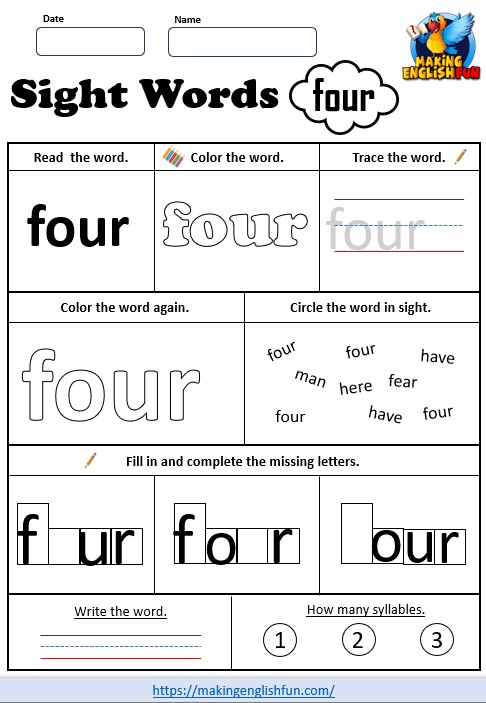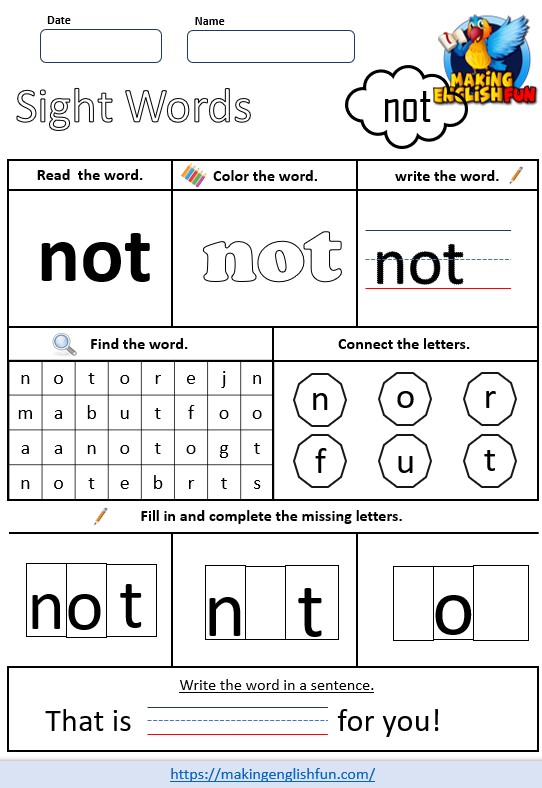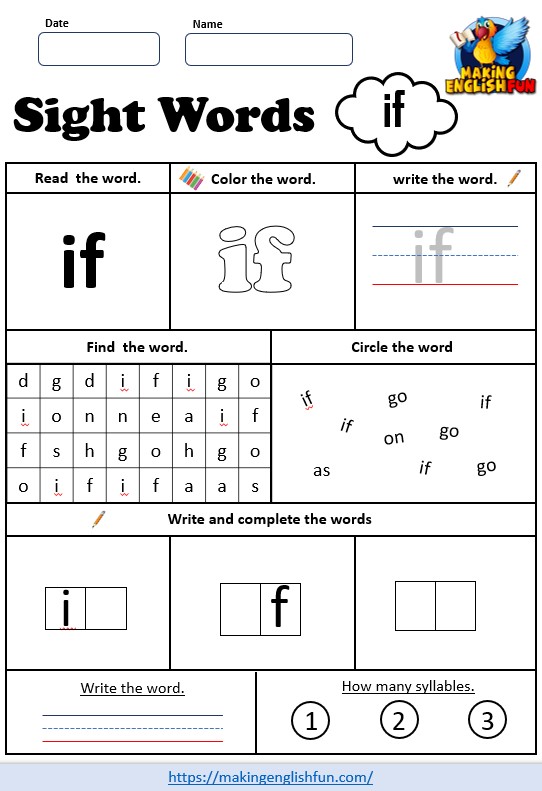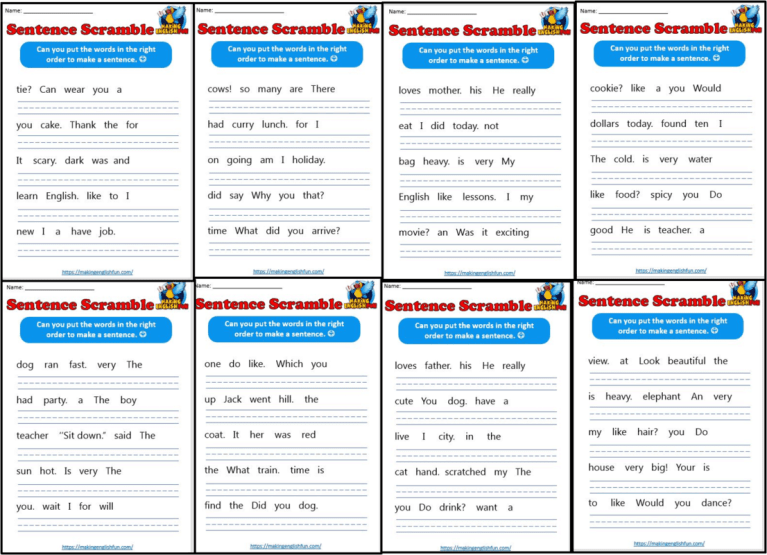When Is the Letter Y a Consonant? (and Other Tricky English Letters)
The English alphabet is unique. It contains many letters and sounds. As a matter of fact, it contains far more sounds than letters. There are two types of letters in the English alphabet—consonants and vowels. Vowels are a, e, i, o, and u, while the consonants are all the other letters, except y. Y as a consonant is not so straightforward.
You may have noticed that y wasn’t listed as either. That’s because it’s not strictly either one. Y is one of those letters that can only be classified by what it is doing. Sometimes, it behaves like a consonant, and other times, it behaves like a vowel.
Y can be a consonant predominantly when it is found at the beginning or onset of a word or syllable. Words such as /yes/, /yellow/, /lawyer/ and /kayak/, all have a semi vowel or hard /y/ sound. In other medial or ending word positions it is likely to make a long or short vowel sound as in /cry/ or /bicycle/.
The Sound of Y
The easiest way to tell if /y/ is a consonant or vowel is to test its behavior. When a /y/ is behaving like a consonant, then it will be a consonant, but when it is behaving as a vowel, it will be a vowel. Though there is a little more to it than that.
You may be wondering how it can behave like a consonant or vowel. It is one letter. How can it be both? You can download free /y/ worksheets here.
Consonant Y
When y is a consonant, it sounds like /yuh/ as in yellow. This is called having a hard /y/ sound or a semi vowel. It is not a true consonant, neither is it a true vowel. Words like yep, yellow, yarn, yard, yak, your, and yoga all have that semi vowel /y/sound.
Typically, the hard /y/ sound comes at the beginning of a word or syllable, though there may be exceptions. /Y/ starting words or syllables are more commonly consonant /ys/.
Vowel Y
The other way you can use a /y/ as a vowel. In this case, the /y/ often sounds like a vowel. Sometimes, it sounds like an ee sound like in misty. However, it can also make a short i sound such as hymnal or a long i sound such as in guy or pigsty.
if you are looking for how to teach Y as a vowel you can check this post and the included free resources.
Finally, it can be used with another letter to emphasize that letter sound. In this case, it is a digraph. Common digraphs are ay and ey. Ay digraphs may be found in words like stay or day, and the ey might be found in lovey or honey.
There are many more ways that the y might be used as a vowel, but these are the most common. One signal that the /y/ is behaving as a vowel is if there are no other vowels in the word. In the English language, a word typically requires at least one vowel.
Take the word rhythm. The /y/ is behaving as a short i. Likewise, if it is in the middle or end of a syllable, it is nearly always a vowel.

It Isn’t the ONLY One
While y is the only letter that behaves as both a vowel and a consonant, it is not the only letter that serves multiple purposes or has multiple sounds. You may recall that vowels always have multiple sounds.
Vowels
Long vowels
Long vowels tend to say their names. If you hear a sound that mimics the name of that letter, it is a long vowel sound—the a in later, or first e in even.
We have a long and short vowel workbook here with over 50 activities, inluding /y/ sounds.
Short Vowels
When the vowel sound isn’t the name of the letter, it is sometimes called a short vowel. However, these are specific sounds. The a in apple, e in ever, i in hit, o in often, and u in umpire are all short sounds. However, there are other vowel sounds besides long and short. If you want a great free Short vowel worksheet check here.
Other Vowels
These vowel sounds do not fit in the previous categories. Words like put, room, hog, coin, and crown all have vowel sounds that do not follow the long or short pattern. We call these vowel diagraphs or diphthongs. We have loads of resources in our 7 Workbook Bundles for all of these, including Y. You can also check out our free resources here as well.
Consonants
Copycat C
C is another unique letter. It has more than one sound, but no sound all its own. The c can make an s sound like in cereal or a k sound like in cookie. Words may also contain both a k and s sound, such as circle.
Some educators consider the c to also have a silent sound when used in words like sock or pick. However, this is also a digraph that combines to make the k sound.
D Doing Double Duty
Sometimes the d sound is distinct, like the two ds in this sentence. However, in words like soldier, it makes more of a j sound.
Good ol’ G.
The letter g is both a copycat and has its own sound. Green, grass, and grow all have a similar g sound. However, giraffe, general, and gender all sound like they might start with j.
Polite P
P and other unvoiced letters often have a hard or soft sound. The soft unvoiced p sounds like a puff of air. However, in hop and pop, the p tends to pop a little more. While it isn’t a true second sound, it does require careful pronunciation and listening.
Sly S
The s sound is often mentally connected with snake or soap. We sometimes forget that the s can also have a z sound, such as in fries or exercise.
Xtra X
X is an interesting letter. Like y, it often needs something else to create the proper sound. Few words start with x, but when they do, they often have a z sound like in xylophone. More commonly, it is found in words beginning with a vowel, such as extra or ax. In extra, you hear the x letter for the sound, but in ax, it sounds more like ks.

Why Do Double Duty?
Why do these letters pull double or triple duty when making sounds? Most of this is related to the origin of words. English, though it takes much of its words from Latin or Greek origins, often borrows from other languages. Sometimes those languages have different rules for different letters.
Similarly, some English words and phrases are very old. While some spellings or usages changed, some words retain their original spelling. An extension of that is that American English spellings and British English spellings are often different.
When they are, it often utilizes the different sounds a word might make. Realize and realize are two spellings for the same word. At some time, someone decided that writing it with an s or z made more sense. The other spelling was preserved. Generally, the American English spellings are altered from the original.
Shhhh Silent Letters
Just as letters have more than one sound, some letters hang out in words with no sound. A word ending in e often has a long vowel in the final syllable, but the e sound remains unheard. Knife, clay, and honor also have silent letters, one of which is our friend, the y.
Final Thoughts
Y has a critical job to do in the English language. Sometimes that means that it needs to be a consonant and bring a harder sound. Other times, it needs to go undercover as a vowel and make a vowel sound.
Who knows why exactly the y started this undercover work, but it can sometimes strengthen and emphasize a vowel sound in a word. Take the word ma, for example. Without a y, it is mah. However, by adding the y, we get a new word with a new meaning—may. It lengthens the sound of the a. E is often credited with doing this in words, but y can be just as important.
Teaching Y sounds and their rules are a more advanced aspect of phonics teaching, we have resources here that will help. It is easier to teach the rules when it is a vowel sounds and as mentioned above check this post on Y as a vowel to learn those rules as well.









One Comment